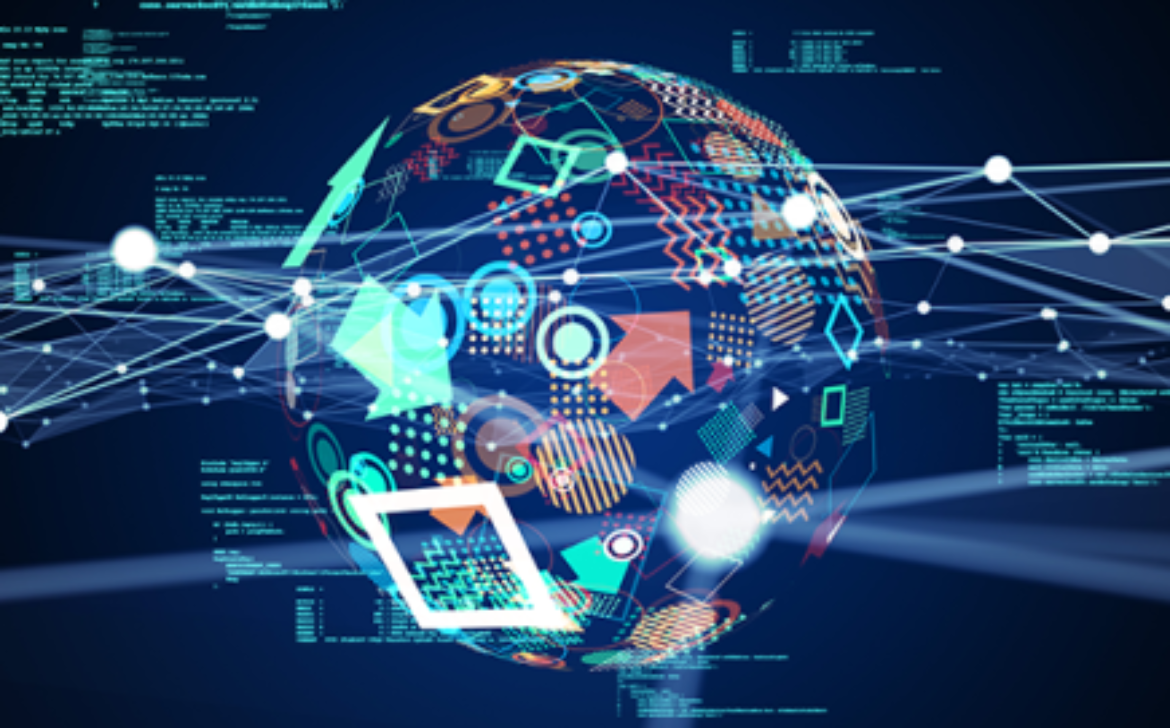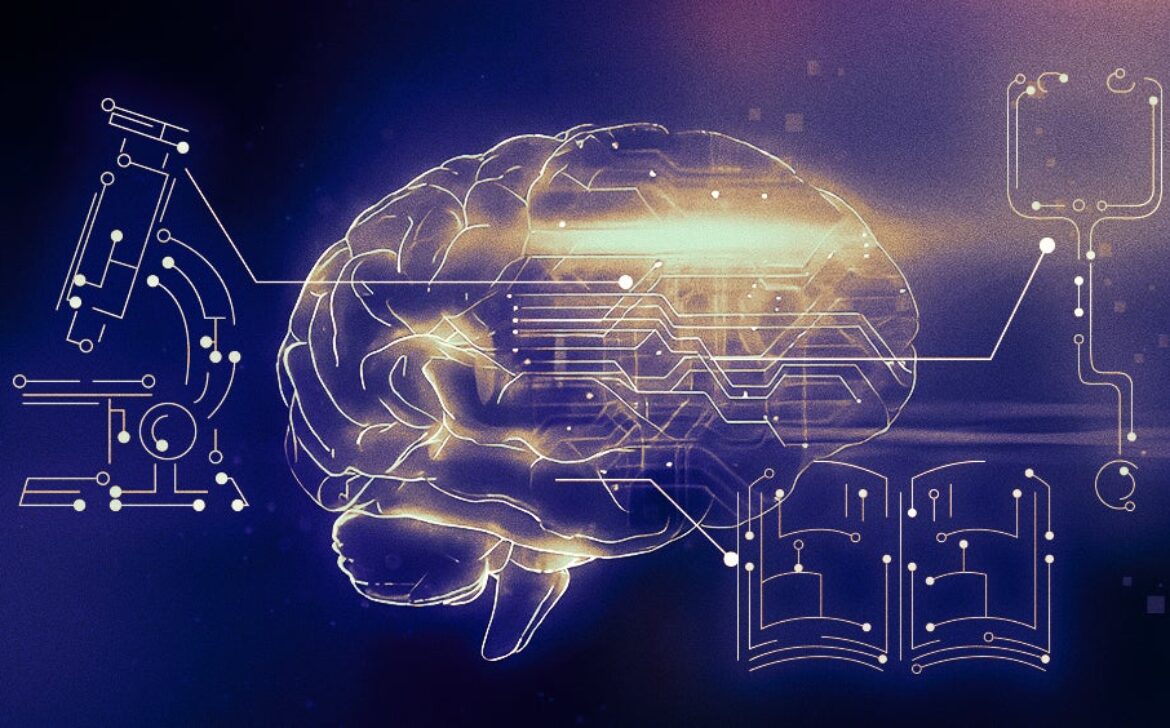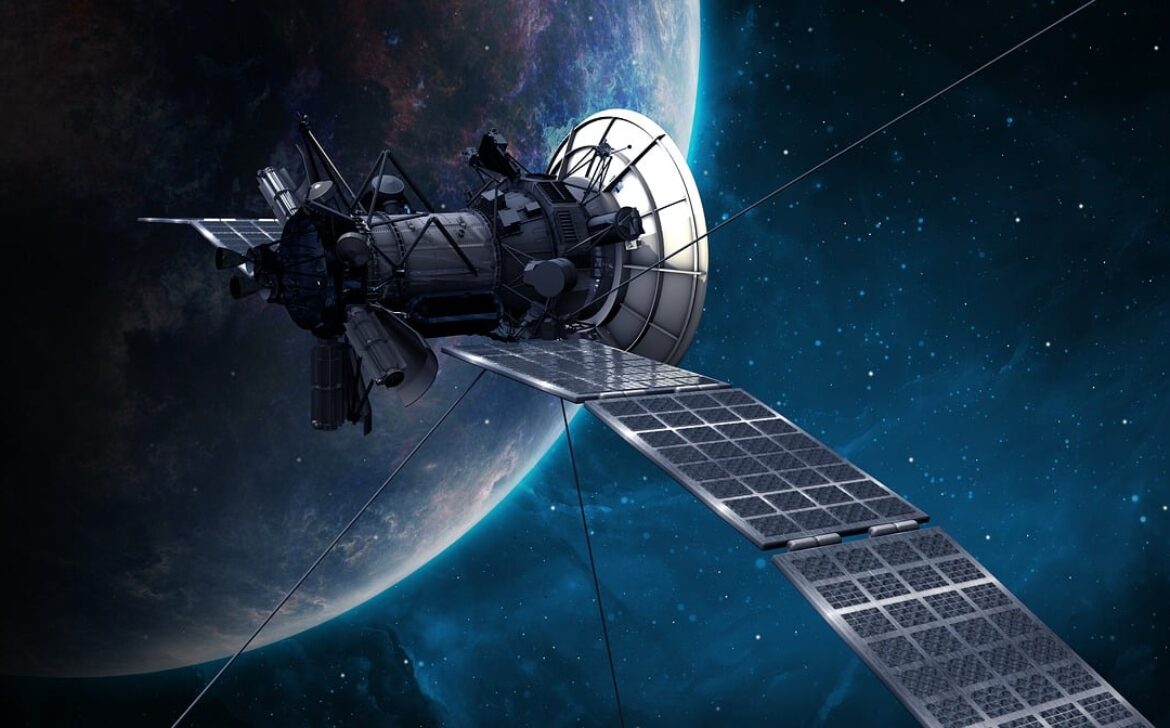Elevate Business Development Through Media: Strategic Insights
Introduction
Explore the potent synergy between business development strategies and media channels for accelerated growth. Discover the pivotal role of content creation, social media engagement, influencer partnerships, and visual storytelling in driving brand awareness. Learn to cultivate enduring customer relationships through personalization, thought leadership, and consistent communication in the digital landscape.
Harnessing Media’s Potential for Business Development
- Content Creation and Distribution: Uncover the core of media-powered business development with engaging content—blogs, videos, articles—positioning your brand as an industry authority.
- Social Media Engagement: Discover how social platforms offer direct global access. Forge communities, gather feedback, and establish authenticity with real-time interactions.
- Influencer Collaborations: Learn to leverage influencer partnerships for amplified credibility and reach, creating organic growth and authentic engagement.
- Podcasting and Webinars: Explore podcasts and webinars as platforms for sharing expertise, fostering credibility, and engaging audiences interactively.
- Public Relations and Media Coverage: Understand the value of media relations in garnering coverage. Positive stories and features enhance brand reputation.
- Visual Storytelling: Grasp the art of visual storytelling on platforms like Instagram and Pinterest, fostering emotional connections and shareability.
- Email Marketing: Learn to use media-rich emails—visuals, videos, interactive content—to nurture customer relationships and provide updates.
- Video Marketing: Harness the versatility of videos for product demos, explanations, and culture showcases, boosting engagement and understanding.
Cultivating Lasting Relationships
- Personalization: Discover the magic of tailored messages, creating personalized experiences that resonate with individual customer preferences.
- Thought Leadership: Explore consistent insights delivery to establish your brand as a thought leader, nurturing trust and industry credibility.
- Storytelling: Uncover the impact of compelling narratives, fostering emotional connections and brand loyalty among audiences.
- Two-Way Communication: Learn how media facilitates dialogue. Listen to customer feedback, address concerns, and build authentic relationships.
- Consistency: Understand the role of media continuity in enhancing brand recognition, ensuring consistent access to valuable content.
Conclusion
Embrace the dynamic partnership of business development and media in today’s business landscape. Harness content, social media, influencers, visual storytelling, and public relations to forge meaningful connections, establish authority, and drive growth. Integrate media into your business strategies to navigate the digital realm with confidence, fostering relevance, authentic connections, and sustainable growth.














